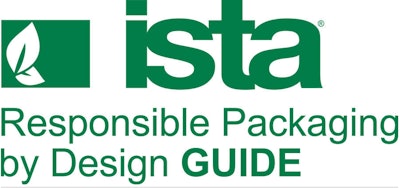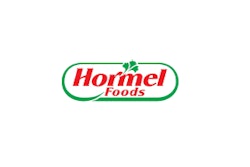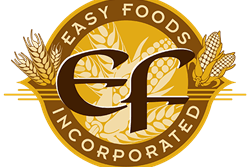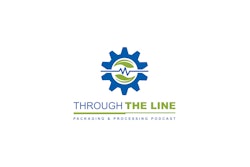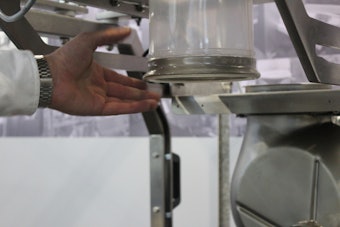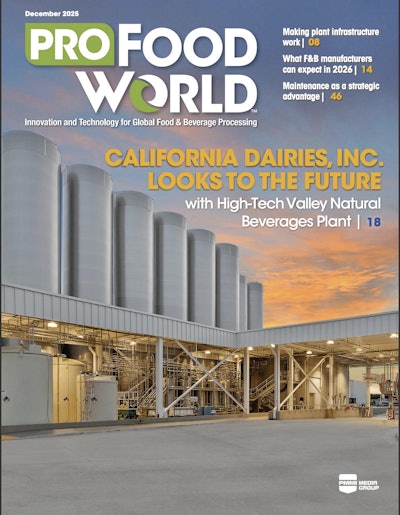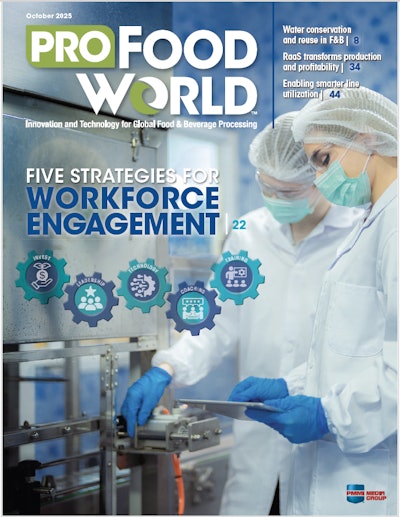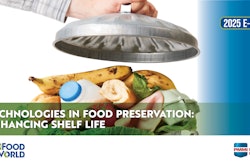Transporting products through the supply chain requires analyzing multiple variables, including process profitability, damage-free delivery, and growing sustainability and/or e-commerce concerns.
Larry Dull, MS, CPP, and 2011 PMMI Packaging Hall of Fame Honoree, will serve as Lead Instructor at the ISTA Responsible Packaging by Design (RPbD) training workshop, Oct. 2, in advance of ISTA’s Omni-Channel Packaging Strategies Conference Oct. 3-4 in Charlotte, NC.
The training workshop will be followed by an exam which, if successfully passed, will lead to certification in the use of the RPbD guideline. ISTA is involved in all aspects of transport packaging, though its primary focus is issuing and maintaining standardized package testing protocols to evaluate the suitability of transport packaging to deliver products to end users in a high-quality, damage-free condition.
At ISTA, the issue of sustainability began to make headway in 2009 with a small group of the organization’s leaders (Dull, Jane Bickerstaff, Ed Church, Joan Pierce, and Karen Proctor) setting out to design a standard industry practice for the development of sustainable packaging.
Dull explains, “The goal was to provide practicing packaging engineers with a ‘roadmap’ to guide them on the journey to more sustainable packaging. Thus, RPbD was envisioned as a voluntary process-management standard developed by the ISTA Sustainable Solutions Division to advance the development and performance of sustainable packaging. The term responsible packaging—rather than sustainable packaging—was chosen because it was thought to be a more inclusive description.”
RPbD, he says, is not intended to be a detailed tutorial on project management, life-cycle assessment, or package testing methodologies, since training in these areas is available from a variety of sources. “However, these disparate disciplines are discussed and woven together into a cohesive responsible packaging development process,” he says.
He adds that RPbD is also not directed toward one product type. “Rather,” he notes, “it is applicable to food products, pharmaceuticals and healthcare products, electronics, communications technologies, consumer goods, building and construction materials, and industrial products, all of which require effective containment and safe shipment before use.”
In the following Q&A, Dull discusses RPbD and transport packaging with Healthcare Packaging:
How do product manufacturers balance the need to be fiscally responsible with the desire to produce environmentally responsible packaging?
By utilizing the RPbD methodology, it is possible for the packaging developer to consider and reconcile the requirements of the end user, the profitability of the producer, and the protection of the planet. Thus, the end of the RPbD journey is packaging that provides functional, financial, and environmental performance.
It should be noted that functional performance of packaging is different for various product types. For biologicals, maintaining proper temperature is a prime requirement. For food, extending shelf life is important, and it’s containment for chemicals. One overarching packaging performance requirement for any product type is reduction of product damage, which is indeed a sustainability enhancement.
What specifics does RPbD training have on sustainable packaging?
The RPbD training course provides a detailed look at the overall methodology as well as the recommended documentation steps. In fact, detailed forms for such steps as Project Initiation, Project Scope, and Test Plan are provided. Environmental metrics such as greenhouse gas generation, water utilization, water eutrification, etc., are discussed, but it is made clear that the choice of which environmental metrics to utilize should be based on a company’s environmental goals or policies. For example, one company might have a water usage reduction goal, while another organization’s goal might be a carbon footprint reduction.
As a practicing packaging engineer and manager, I spent the first 75% of my career designing, developing, and testing packaging that was cost-effective, reduced product damage, and met customer needs. The most recent 25% of my career has incorporated environmental concerns to the list.
These four areas must be examined and balanced through the lens of corporate goals and policies. The RPbD methodology is meant to provide a framework to do just that. At its highest level, RPbD consists of the following eight basic steps:
• Establishing project scope
•Defining boundaries and metrics
• Assessing impact of existing design
•Assessing impact of proposed design
• Selecting the best design option
• Prototyping and validating proposed design
• Performing an assessment, recommendation, and documentation of final design
• Implementing the design
The RPbD training course discusses the information, options and decisions that are involved in each of these eight steps.
How does e-commerce play into this scenario?
Copious resources (time, money, and materials) worth billions of dollars are spent (some would say wasted) each year on dealing with product damage. The rise of e-commerce represents a perfect opportunity to employ the RPbD methodology since e-commerce usually involves different distribution channels (small parcel versus truckload lanes) since packaging should be redesigned. The small-parcel distribution environment is far different in terms of typical shock and vibration hazards than the historic truckload environment and thus requires a fresh look at packaging.
Editor’s note: Lawrence (Larry) Dull is President of Packaging Technology Associates Inc., and a founding partner of Packaging Knowledge Group, LLC.
